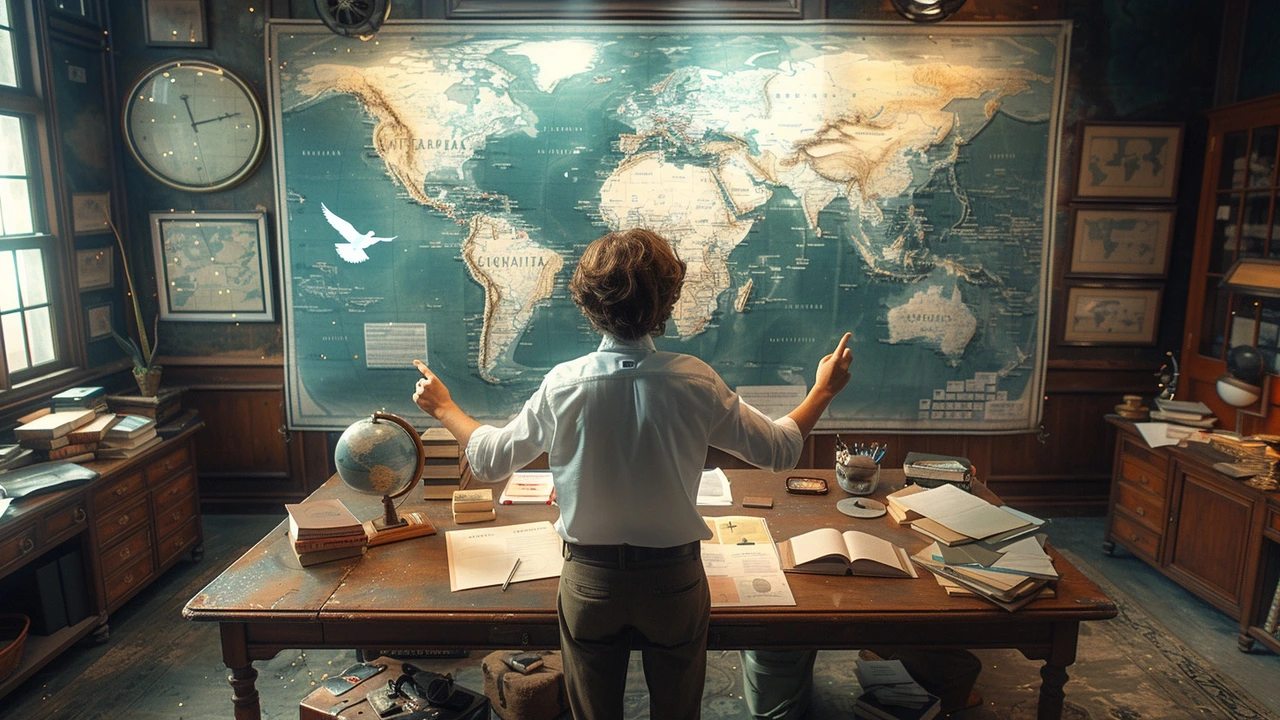Rebuilding a country after war is messy, expensive, and often fails without local trust. You can avoid common mistakes by focusing on clear priorities, fast results, and local leadership.
Post-war reconstruction means restoring security, services, governance, and livelihoods so people can return to normal life. The goal is simple: stop the cycle of violence and create conditions where the state and communities can manage their own future.
Immediate stabilization must come first. That means protecting civilians, clearing mines, repairing water systems, reopening clinics, and restoring electricity where possible. Quick, visible repairs reduce fear and encourage people to come home. Cash-for-work programs and food distribution help families survive while longer projects start.
Peacekeeping forces and civil actors
Peacekeepers often provide the initial security backbone. They protect civilians, support disarmament, and create safe zones for aid delivery. Their presence allows police reform, transitional justice processes, and civic institutions to take shape. Civil actors like NGOs and local groups deliver services and link communities to national planners.
Rebuilding infrastructure and services
Prioritize health, water, education, and roads. Use local labor and buy local materials when you can. That supports the economy and speeds up work. Rebuilding schools brings children back to routine and signals a return to peace. Reopening clinics and supplying medicines cuts disease and saves lives.
Governance and rule of law
Reestablish courts, train police, and support local councils. Start with basic dispute resolution so everyday conflicts do not spiral into violence. Short legal clinics, mobile courts, and community paralegals can make justice accessible fast. Transparent local elections and inclusive councils help build legitimacy.
Economic recovery and jobs
Jobs reduce violence more than any speech. Support small businesses with grants, microloans, and tax breaks. Restart agriculture with seed programs and market access. Link vocational training to real job opportunities, not just certificates.
Social healing and inclusion
Trauma is real. Offer community reconciliation, counseling, and programs that involve women and youth. Local leaders and faith groups often lead trust-building. Include victims in repair projects and decision making to restore dignity.
Disarmament and reintegration
Effective DDR programs combine safe weapons collection, vocational training, and job placement. Coordinate DDR with local economies so ex-combatants have real choices.
Donors need clear plans and measurable milestones. Use simple dashboards, community hearings, and mobile payment systems to show where money goes. That reduces corruption and keeps support flowing.
Common pitfalls to avoid
Avoid top-down plans that ignore communities. Don’t rush big reforms without testing them locally. Plan for long timelines and handover to local authorities.
Post-war reconstruction takes patience, practical planning, and the commitment of local people and international partners. Focus on security, basic services, local ownership, and visible results. For case studies and updates on peacekeeping roles in reconstruction, check Peacekeeping News Hub.
Subscribe for mission reports, field lessons, and expert interviews. Your involvement matters: share local needs, volunteer, or support credible organizations working on recovery and long-term peacebuilding today and amplify impact.

As a passionate follower of global events, I've seen how critical peacekeeping is to post-war reconstruction efforts. This blog post delves into the power of peacekeeping in rebuilding countries and societies torn apart by war. We'll explore how organized peacekeeping activities can contribute to economic, social, and political recovery. Trust me, you'll have a whole new respect for peacekeepers and the invaluable work they do after reading this.
